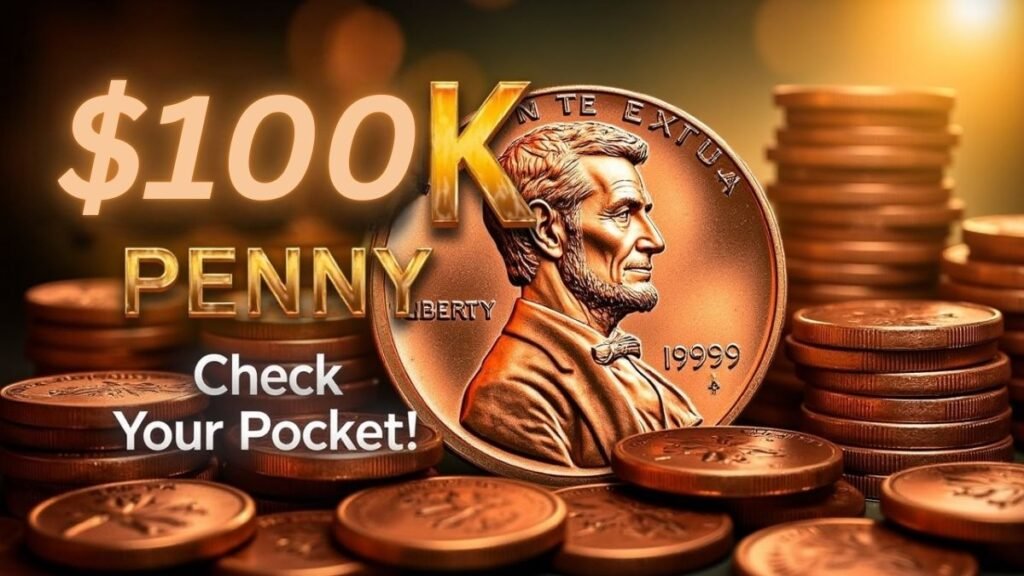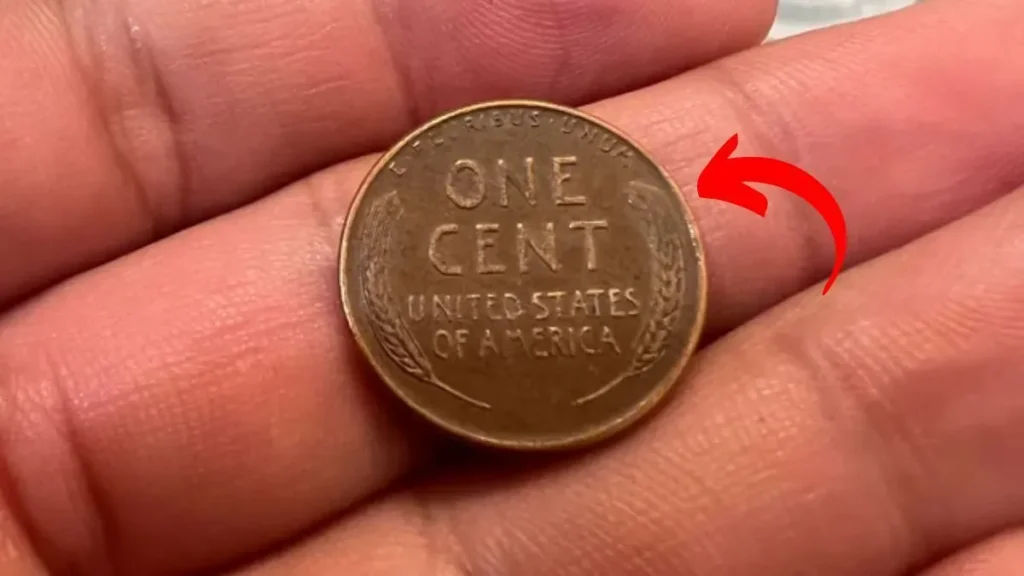The Lincoln Wheat Penny Worth $100K: Imagine discovering a tiny coin that might be worth more than a house. That’s the tale of the 1943 Copper Penny — one of the most valuable and sought-after coins in the world. Because of a mistake during World War II, a handful of these copper coins were produced accidentally, and now they’re worth a fortune. If you suspect that you have one, it’s time to take a closer look!

Here’s the scoop on the 1943 Copper Penny — what it is, how to identify it, and how much it can be worth.
Why Is the 1943 Copper Penny So Special?
In World War II, copper was required for the production of weapons and equipment. Therefore, in 1943, the U.S. Mint chose to produce pennies from steel rather than copper. Steel pennies were silver-grey in color and were magnetic.
But by coincidence, some of the copper blanks (the pieces of flat metal that are stamped into coins) were still retained in the machines. Consequently, a small group of actual copper pennies were produced in 1943. These error coins are now incredibly rare — and very valuable.
The price of a 1943 copper penny varies with its condition and if it’s been graded by professionals. Even a worn one can fetch $100K (approximately $100,000 or more). If the coin is in good shape or graded by grading services such as PCGS or NGC, the price may be much more — sometimes even crossing ₹1 crore.
Collectors globally are willing to shell out tons of money in order to claim this piece of history.
How to Test if Your 1943 Penny is Copper

Checking if your penny is copper or steel is fairly simple. Follow this easy test:
- Get a magnet and place it near the coin.
- If the coin attracts the magnet, then it’s an ordinary steel penny — not worth anything.
- But if it doesn’t adhere, then it may be a scarce copper penny!
But beware — there are a lot of reproductions and doctored coins around. Some individuals attempt to alter the dates on copper coins or plate steel coins to resemble copper. Which is why professional verification is crucial.
Get Your Coin Verified by Experts
If you think you have a 1943 copper penny, don’t sell it in haste. First, have it authenticated by a reputable coin grading service such as PCGS (Professional Coin Grading Service) or NGC (Numismatic Guaranty Corporation). They will establish whether your coin is genuine and inform you of its actual market value.
Once the coin is authenticated, you can sell it or auction it off to serious collectors or dealers. But keep in mind that coins in good condition with original luster (referred to as “uncirculated”) sell for the most money.
The 1943 Copper Penny is perhaps one of the most legendary coin errors in history. It was produced in error in the midst of a war effort, and now it’s worth a fortune. If you have a few 1943 pennies at home, test them with a magnet — you might be holding a lakhs-of-rupees coin. Just be sure to have it professionally analyzed before doing anything else. You never know. That little old coin might make your life better!
FAQ’s
Q. Why is the copper penny of 1943 so much desired?
A. In accordance with the strict guidelines of World War II, all pennies of 1943 were to be made of steel. Any leftover copper planchets were used completely accidentally in minting during the year 1943.
Q. How do I know if my 1943 penny is made of copper?
A. Oh! you may know by magnet. For, a coin which does not stick with it cannot be steel, but may be copper. Steel coins get stuck, and copper coins do not.
Q. What does a 1943 copper penny sell for?
A. A real one of good condition may bring up over 80,000 rupees (about $100,000 and above) based on its grade and what the market will bear.
Q. Can I identify a fake 1943 copper penny?
A. Yes. Authentic and counterfeit or altered coins can be confirmed by professional grading services like PCGS or NGC.
Q. Where to get my coin certified?
A. You can send it to either PCGS (Professional Coin Grading Service) or NGC (Numismatic Guaranty Corporation) for grading.










